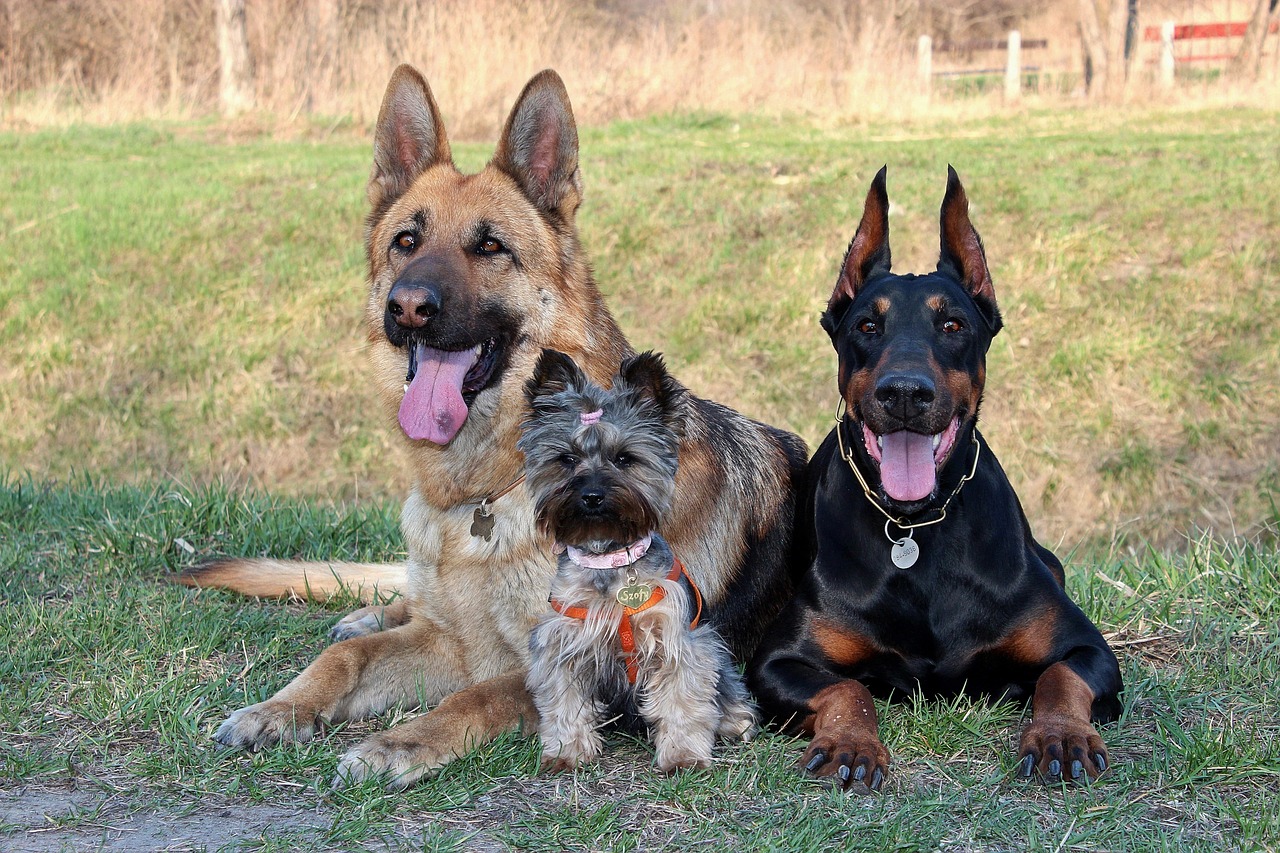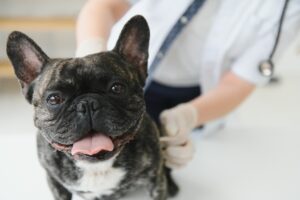Having a dog is one of life’s greatest joys. But as a responsible pet owner, there’s a lot you need to know, especially when it comes to dog pregnancy. Understanding what to expect can help you provide the best possible care for your pregnant dog and her puppies. Whether you’re a seasoned dog owner or new to the world of pet parenthood, this guide has you covered.
Signs of Dog Pregnancy

You might be wondering how to tell if your dog is pregnant. There are several physical and behavioral signs to look out for. First, her belly will start to swell, and her nipples may enlarge. She may also become more affectionate or, conversely, more reclusive.
Changes in appetite are another common sign. Some dogs eat more, while others may lose interest in food. If you notice any of these signs, it’s always a good idea to consult your vet for confirmation and guidance.
Dog Pregnancy Timeline
Dog pregnancies typically last around 63 days, but this can vary slightly. Understanding the stages of dog pregnancy can help you anticipate and prepare for each phase.
First Trimester (Weeks 1-3)
In the first trimester, you may not notice many changes. However, this is a critical developmental period for the embryos. Ensure your dog receives balanced nutrition and regular vet check-ups.
Second Trimester (Weeks 4-6)
Around week four, you’ll start to see more noticeable changes. Her belly will begin to swell, and she may experience weight gain. It’s crucial to continue providing balanced meals and possibly incorporate a prenatal vitamin as advised by your vet.
Third Trimester (Weeks 7-9)
The final stage is when things get exciting. Your dog will show significant weight gain, and you might even feel the puppies move. Prepare for the upcoming birth by setting up a whelping area and gathering necessary supplies.
Health and Nutrition During Pregnancy
Pregnancy is a demanding time for any dog, so proper nutrition is vital. Maintaining your dog’s health and nutrition is paramount during pregnancy to support her and her developing puppies.
Balanced Diet
A balanced diet rich in protein, vitamins, and minerals is essential. Consider switching to high-quality puppy food that meets the increased nutritional demands. Always consult your vet before making any dietary changes.
Regular Exercise
While strenuous activities should be avoided, moderate exercise is beneficial. Short walks and gentle play can keep her muscles toned and help manage weight gain.
Regular Vet Check-ups
Regular veterinary visits are crucial for monitoring the health of both the mother and the puppies. Your vet can provide specific nutritional advice, monitor weight gain, and check the overall progress of the pregnancy.
Preparing for Birth
Creating a comfortable and safe environment for your pregnant dog is crucial. Choose a quiet, secluded area in your home where she can give birth without disturbances. A whelping box lined with clean, soft bedding can provide a cozy and secure space for the mother and her puppies.
Keep emergency supplies like gloves, clean towels, and a heating pad. Familiarize yourself with the signs of labor so you can assist if needed. Your vet can offer additional guidance on setting up the ideal birthing area.
The Birth Process
Knowing what to expect during labor and delivery can help you stay calm and assist your dog effectively.
Stages of Labor
Labor typically occurs in three stages. The first stage involves contractions and can last up to 24 hours. The second stage is the delivery of puppies, which can take several hours. The third stage is the expulsion of the placenta.
Assisting During Birth
Most dogs can handle the birthing process on their own, but it’s important to be nearby in case she needs assistance. Keep your vet’s number handy for any emergencies.
Post-Birth Clean-Up
After the puppies are born, make sure the mother cleans each one and that they start nursing. Clean the whelping area and provide fresh bedding to ensure a sanitary environment.
Post-Birth Care
After giving birth, your dog’s body will need time to recover. Caring for the mother and puppies in the days and weeks following birth is crucial for their health and well-being.
Monitoring Health
Monitor the mother’s health closely. Ensure she eats well, stays hydrated, and gets plenty of rest. Watch for any signs of distress or illness and contact your vet if needed.
Caring for Newborns
Newborn puppies need warmth, nutrition, and cleanliness. Ensure they are nursing regularly and gaining weight. Keep the whelping area clean and warm to prevent any health issues.
Gradual Weaning
Around four weeks, you can start the weaning process. Introduce puppy food gradually while ensuring they still have access to their mother’s milk.

Common Issues and Concerns
Like any aspect of pet care, dog pregnancy can come with its own set of challenges. Being aware of common challenges during dog pregnancy and how to address them can help ensure a smooth experience.
Complications During Birth
Complications such as prolonged labor or difficulty delivering puppies may occur. Knowing when to intervene and when to call the vet is crucial for the safety of the mother and puppies.
Postpartum Issues
Postpartum issues like mastitis or retained placenta can affect the mother. Regular monitoring and prompt veterinary care can help manage these complications.
Puppy Health Concerns
Health concerns in puppies, such as failure to thrive or congenital issues, require immediate attention. Regular vet check-ups can help identify and address these concerns early.
If you notice any unusual behavior or symptoms, don’t hesitate to consult your vet. Early intervention can prevent minor issues from becoming major problems.
Final Thoughts
Understanding dog pregnancy and being prepared for each stage can make a significant difference in the health and well-being of your pet. From recognizing early signs to providing post-birth care, every step is crucial. Always seek professional advice and support to ensure the best possible outcome for your dog and her puppies.
By staying informed and prepared, you can make the pregnancy experience a positive one for both you and your furry friend. Don’t hesitate to reach out to your vet or a pet care professional for guidance and support throughout this journey.
For further resources and support, feel free to reach out to us at Truffle Paws. Let’s keep our pets healthy and joyful together!





